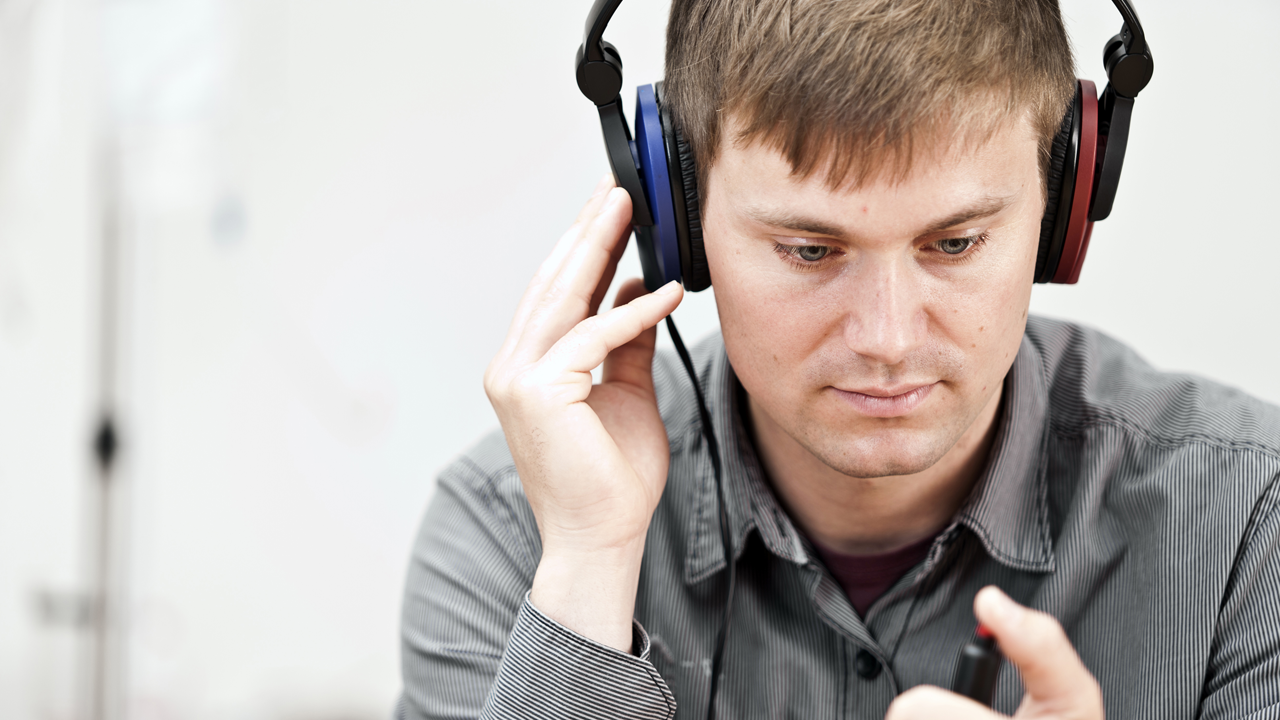
As older adults continue to make up a larger portion of Minnesota’s population, sensory loss related to aging — which includes problems with unsteady balance, poor vision and hearing loss — is becoming a greater challenge. Sensory deficiencies can cut people off from their social and physical environments and limit their quality of life.
A coordinated research effort to help older adults retain their sensory capabilities and age healthily is one focus of the University of Minnesota’s new Center for Applied and Translational Sensory Science. CATSS, which opened earlier this month, will bring together world-leading experts in the sensory sciences to tackle the problems faced by millions with sensory deficits and will translate this cutting-edge research into devices and therapies that can improve quality of life for those affected. The transdisciplinary center will bring together 50 faculty from across five U of M colleges, including biomedical engineers, speech and language experts, vision surgeons, movement researchers, and ear, nose and throat doctors.
The center and will also serve as a hub for partnership with industry and the community, and will conduct outreach to inform the public about state-of-the-art technology and rehabilitation options for those with sensory deficiencies.
“CATSS brings together researchers from across disciplines to create a research center focused not only on making discoveries, but on turning those discoveries into treatments that help people with sensory deficits,” said Peggy Nelson, Ph.D., executive director of CATSS and previously chair of the Department of Speech-Language-Hearing Sciences in the College of Liberal Arts. “We’re excited to build on the U’s research strengths in vision and auditory research.”
Many of the projects conducted through CATSS will rely on its cornerstone facility, the Multi-Sensory Perception Lab. The lab, originally created through a 2011 Office of the Vice President for Research infrastructure award, has become part of CATSS and is currently undergoing an expansion to provide more lab space for its growing use. The expansion is funded through a 2015 OVPR research infrastructure grant, with matching funds from CATSS and the researchers, departments and colleges who will use the facilities.
The MSP Lab features a booth that can simulate different auditory and visual environments. For example, researchers can project images on screens surrounding a participant and can play ambient sounds that mimic real surroundings, such as restaurants, which often pose auditory challenges
Researchers can use these settings to adjust hearing aids, study participants’ ability to understand spoken words in a noisy environment or scan brain activity to understand how the brain processes these senses. The expanded lab will add a second simulation booth and an open lab area where researchers can study visual navigation.
A Center for Collaboration
The Twin Cities metro area provides a rich environment for sensory sciences, with its strong medical devices industry and at least three major hearing aid manufacturers. The U’s researchers in the sensory sciences have always had a good relationship with industry leaders, Nelson said, but before CATSS, the U did not have a way for representatives from each of the various departments to learn about and discuss partnership opportunities. When partnerships happened, they were often led primarily by either the company or the U, not as a joint effort.
Now, a cross-disciplinary CATSS advisory board will meet regularly to set the center’s priorities and discuss potential partnerships, making it easier for companies of all sizes to form partnerships with the U. Together, the U and industry will pose research questions, design experiments and drive research forward as co-investigators.
“Between the U’s advanced research equipment and its talented researchers, this center will significantly expand our infrastructure to work with industry leaders,” Nelson said. “We look forward to forming new partnerships and continuing existing collaborations that lead to new discoveries and treatments.”
Among these partnerships is a longstanding history with researchers and clinicians at the Mayo Clinic in Rochester. With the opening of CATSS, Mayo will continue to partner with the U on sensory science, teaming up to study single-sided deafness — a condition caused through physical injury or disease that leaves a person hearing-impaired on one ear even while the other ear can hear normally.
Opening Reception
CATSS will welcome members of industry and the scientific community to a reception at the Weisman Art Museum on Oct. 30, 2015. For more information on this event, stay tuned to the CATSS webpage.